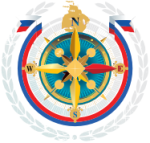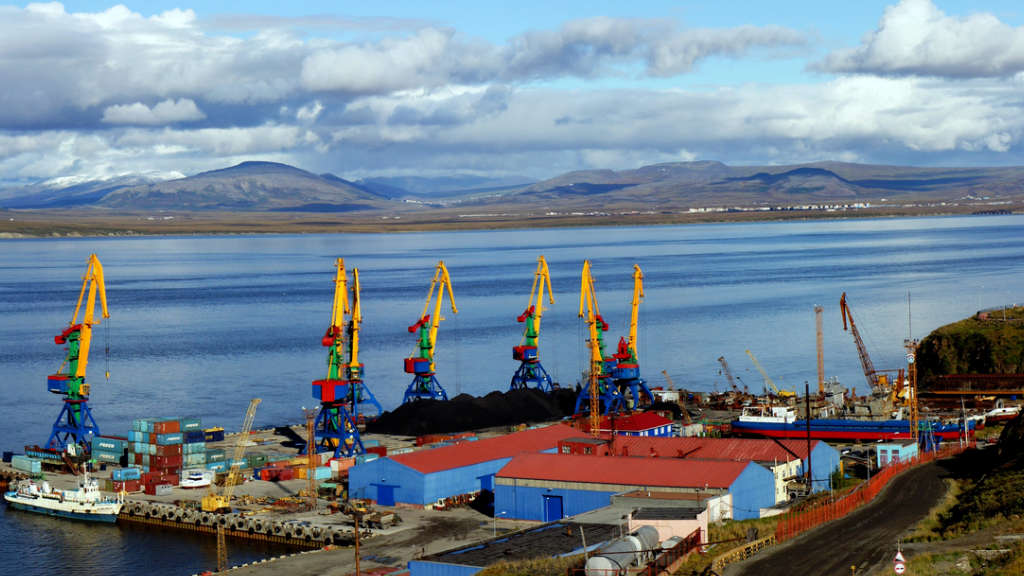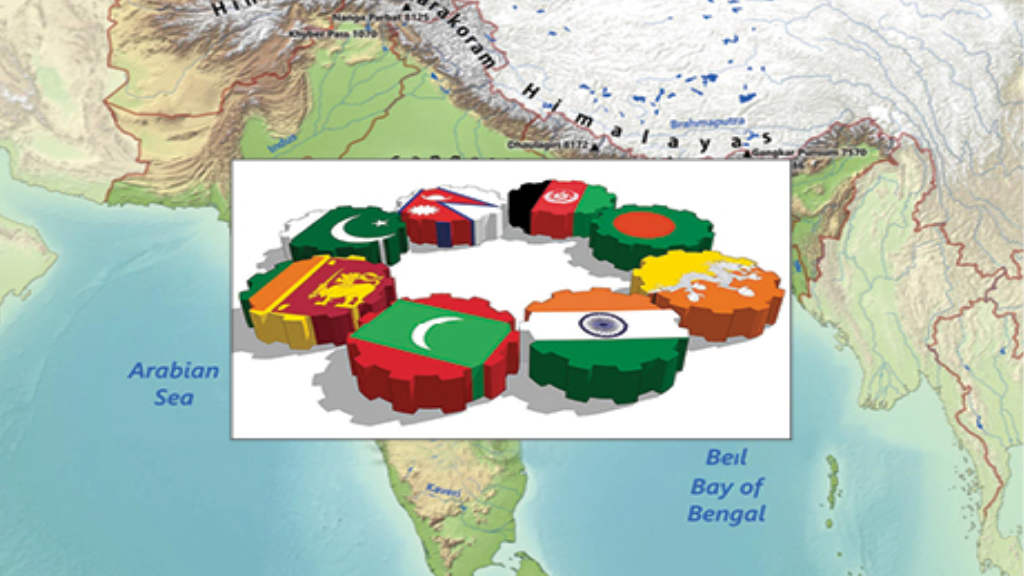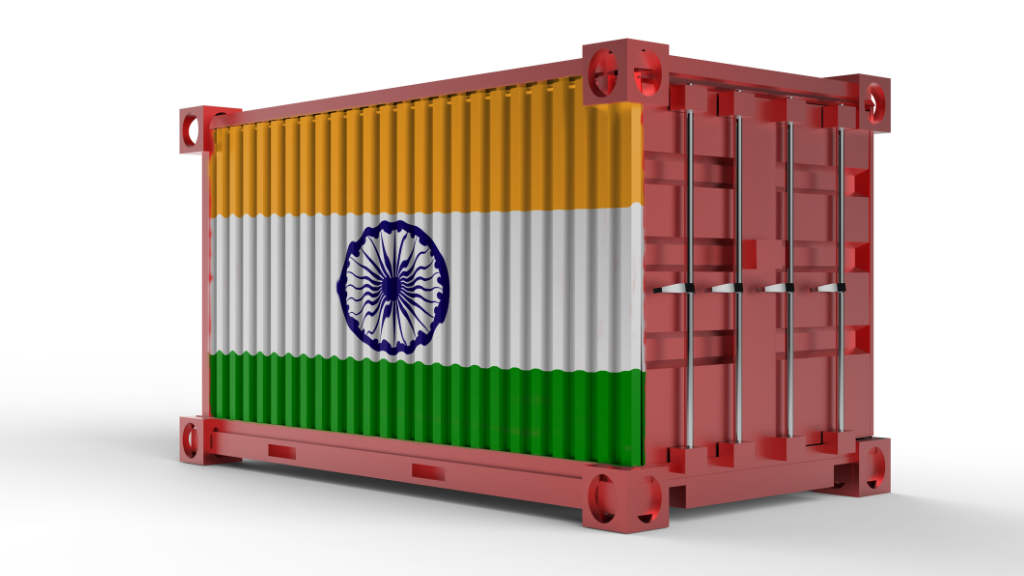The International North-South Transportation Corridor (INSTC), which links Russia to the Middle East, East Africa and South Asia, is set to increase its carrying capacity by 8.3 million vehicles per year, according to the Russia Federal State Budgetary Institution, Rosgranstroy. All major construction and reconstruction works are expected to be completed by 2030, which includes enhanced road crossings and sea checkpoints in the Caspian Sea.
Magomed Abdulaev, Director of the Makhachkala branch of FGKU Rosgranstroy, stated that “In order to increase the transport capacity of the North-South international transport corridor, Rosgranstroem provides for comprehensive modernisation of all automobile checkpoints that carry the bulk of the corridor and ensure the passage of most of the cargo.” At the same time, he said that that certain works have already been completed on the border with Azerbaijan, through which the western branch of the transport corridor passes and where three automobile crossings operate.
As an example, the number of vehicle transport lanes at the Yarag-Kazmalyar Russia-Azeri checkpoint has increased to 22, meaning it can now accommodate up to 1,400 vehicles per day.
In addition, work was carried out at the Tagirkent-Kazmalyar checkpoint to convert four existing lanes for passenger and passenger transport into freight traffic, which doubled the capacity of trucks. Further, large-scale modernisation is also planned at this checkpoint, increasing its total carrying capacity by 12 times to allow it to handle up to 2,360 vehicles per day.

In turn, the Novo-Filya checkpoint on the border with Azerbaijan was switched to a round-the-clock mode, thus ensuring unhindered passage of empty trucks (and the automobile crossing accepts empty cargo transport) and relieving the load from the Yarag-Kazmalyar checkpoint and Tagirkent-Kazmalyar checkpoint.
At the end of 2023, work was completed on the reconstruction of the Upper Lars checkpoint, which is currently the only automobile crossing on the border with Georgia and through which traffic flows to Armenia and Turkiye. As a result, its capacity has doubled from 700 to 1,500 trucks per day, and the total number of lanes for transport has increased to 39.
Abdulayev stated that “The comprehensive modernisation of the infrastructure of the remaining checkpoints included in the international North-South transport corridor will be completed by 2030. As a result, its total transport potential will be increased by 8.3 million vehicles per year, of which 1.7 million will be trucks.”
Work is also planned at the railway checkpoint in Derbent and at the Astrakhan, Makhachkala and Olya sea checkpoints.
Further Reading
Russia–India INSTC Supply Chain Route Doubled Transit Volumes In 2024





